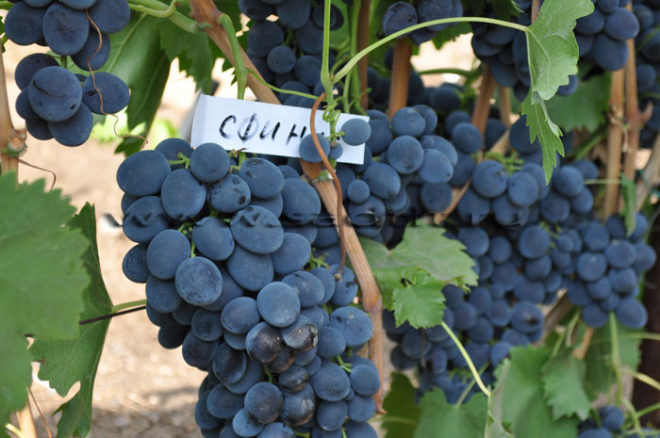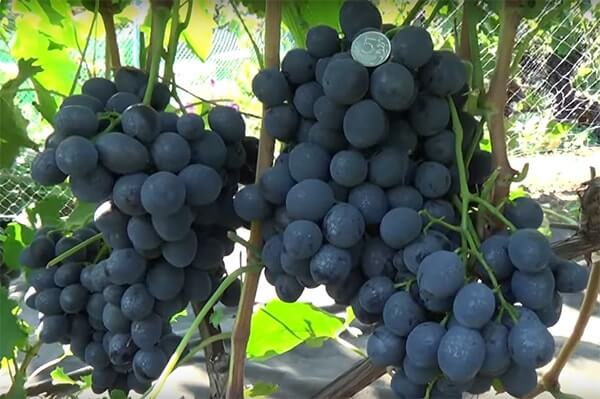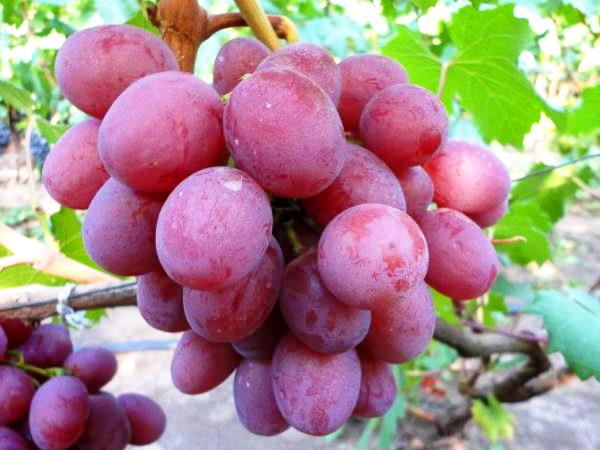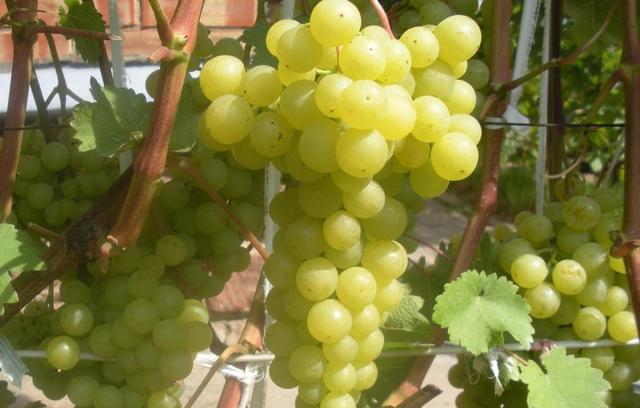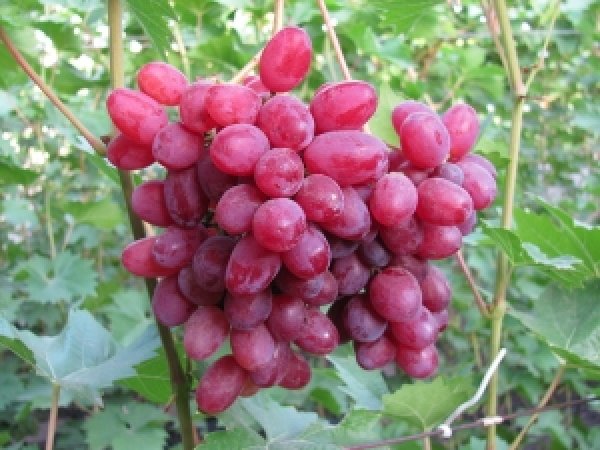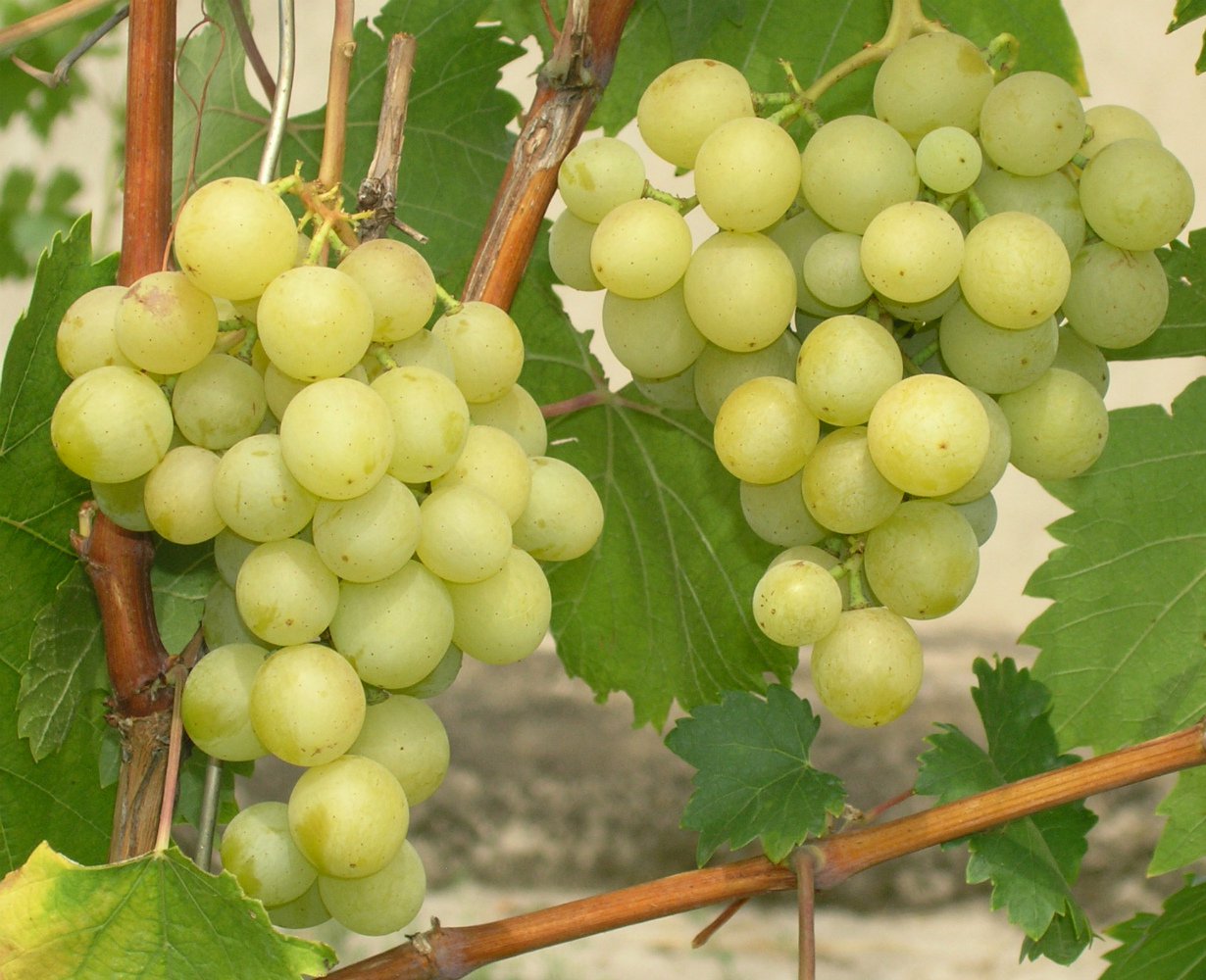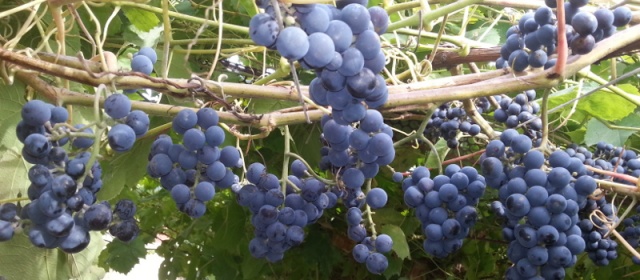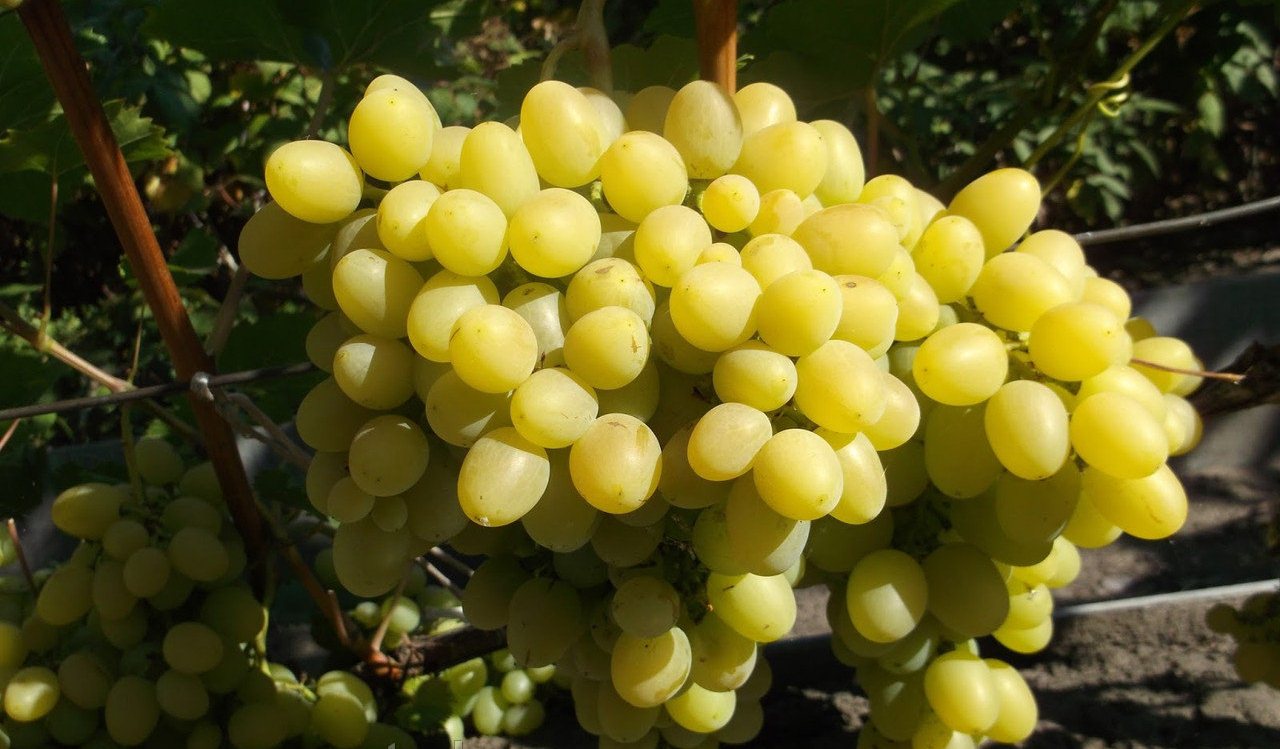Grapes can be found in almost every household plot. Both beginners and professionals love to grow it. This is due to the fact that the berries have an amazing taste and useful substances. The variety of grapes is huge. One of the most popular species is the Sphinx, which was obtained by crossing the varieties Timur and Strashensky. The Sphinx table grape bred by the breeder V. V. Zagorulko has incorporated the best features of the “parents”.
Characteristic
The grapes ripen early - in 3.5 months. A large grape bush with a vein in the middle of the leaf. The survival rate is high. Blooms late, flowers are bisexual. With proper grooming, the bunches ripen large and can reach 0.5 kg, on average, the mass fluctuates within 700 g. The shape of the bunches is cylindro-conical, and the berries themselves are oval. The color of the berries is dark blue, weight 9-15 g. The pulp is very aromatic, refreshing to the taste. The grape yield is high, up to 10 kg can be harvested from the bush. High frost resistance - withstands up to -22 ° С.
Planting and leaving
You can plant grapes in spring from April to early May, or in autumn in October. The first step is to dig a hole 75 × 75 × 75 m in size, on the bottom of which a fertile soil layer of 10-20 cm is poured and leveled. Next, you need to combine 6-7 buckets of humus with potash fertilizer and superphosphate (300 g each). Everything is thoroughly mixed, poured into the pit and compacted.
The next step is to prepare the seedling. It is placed in water for 2 days. After soaking, you need to remove the annual shoots and leave a maximum of 3 eyes. The roots are slightly shortened.
Further in the hole, you need to form a hill and put a seedling on it, evenly distributing the roots. The seedling is covered with fertile soil.
The vineyard is quite easy to care for. Watering is necessary if necessary, once a month is enough.
Before wintering, the bushes are cut off, leaving 4 sleeves. At least 4-5 eyes are left on the shoots.
In November, varietal grapes are covered for the winter. The vine is tied and laid on pre-prepared boards. An arch is made from above, consisting of metal arcs and polyethylene. On the sides, the film must be fixed, for example, covered with earth. At the onset of a thaw, the film is slightly opened so that the plant can breathe.
In order for the harvest to be plentiful, fertilizers are periodically applied to the soil. Depending on the desired results, this can be a variety of types of fertilizers. To increase growth, nitrogen fertilizers are added to the soil. Before flowering, zinc, potassium and superphosphate are added to the soil. Thanks to them, the amount of the harvest increases. They are also introduced later in the fall for additional root nutrition in winter. Organic fertilizers are also used every two years. It is better to stop your choice on compost or humus. 15 kg per bush will be quite enough.
Advantages and disadvantages
The Sphinx grape is very popular. Gardeners note such positive features of grapes:
- great taste;
- early maturation;
- frost resistance;
- high productivity.
But in addition to positive features, there are also negative ones:
- predisposition to damage by powdery mildew and mildew;
- the bunches do not have a presentation.
But in order for the result to justify itself, it is important to follow the recommendations for planting and growing, and then the grape harvest will not keep itself waiting long!
